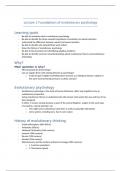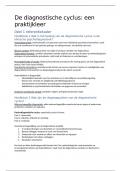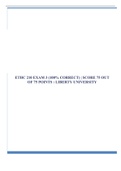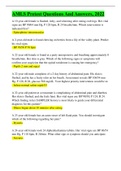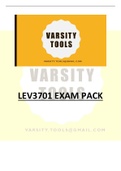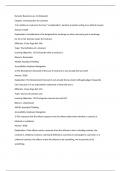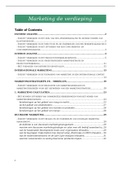Exam (elaborations)
TEST BANK for Intermediate Microeconomics with Calculus: A Modern Approach: Media Update 1st Edition by Varian Hal | Complete Chapters 1-38
TEST BANK for Intermediate Microeconomics with Calculus: A Modern Approach: Media Update 1st Edition by Varian Hal. ISBN 0033, ISBN-13 978-9 (Complete Chapters 1-38)
[Show more]





